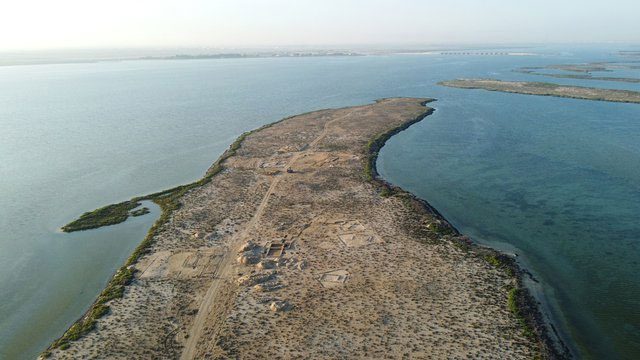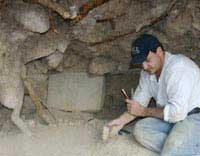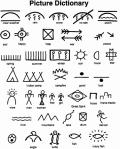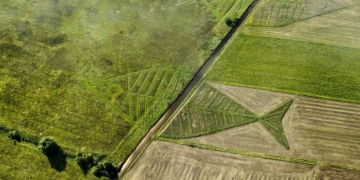According to AP, the oldest pearl farming town in the Persian Gulf has been discovered on Siniyah Island in Umm al-Quwain, United Arab Emirates, on March 20.
Archaeologists announced on March 20 that they had found the oldest pearl cultivation town in the Persian Gulf on an offshore island of one of the northern Islamic kingdoms in the UAE.
The artifacts discovered in this ancient town on Siniyah Island in Umm al-Quwain may have once housed thousands of people and hundreds of homes, dating back to the pre-Islamic period at the end of the 6th century. Although older pearl diving towns have been found and documented in previous historical texts, this is the first time archaeologists have discovered an ancient town in the Persian Gulf countries.

This ancient pearl town is located on Siniyah Island in Umm al-Quwain. (Illustrative image: AP).
“This is the oldest example of a notable pearl diving town and is considered an ancestor to other towns like Dubai,” said Timothy Power, Associate Professor of archaeology at the United Arab Emirates University. The pearl town is situated on Siniyah Island, which shelters the Khor al-Beida wetlands in Umm al-Quwain – a emirate located about 50 km northeast of Dubai along the Persian Gulf coast. The island, meaning “flashing light” (due to the intense white sun overhead), revealed many surprises for archaeologists, including the discovery of an ancient Christian monastery dating back 1,400 years.
The town is located just south of the Christian monastery on the island. Power noted that archaeologists found many houses made of beach stones and mortar, ranging from cramped quarters to larger homes with courtyards, reflecting social stratification. This site was also a year-round residence, not merely a seasonal pearl diving operation in the area.
“The houses are closely packed together. The key point here is the permanence, as people lived here year-round rather than seasonally,” Power added.
The pearl trade was once one of the pillars of the UAE economy, but the emirate later shifted to oil extraction, which became the economic cornerstone to this day.
The Oyster Shell Village
Inside the houses, archaeologists discovered loose pearls. The town may have been influenced by Islamic thought on the Arabian Peninsula.
The College of Tourism and Archaeology at UAE University in Umm al-Quwain, the Italian Archaeological Mission in the emirate, and the Institute for the Study of the Ancient World at New York University (USA) participated in this excavation. Umm al-Quwain, the emirate with the smallest population in the UAE, also plans to establish a tourism center at this site.
Previously, archaeologists in the UAE also discovered an 8,000-year-old pearl from the Stone Age. The pearl was found in the remains of a settlement on Marawah Island and serves as evidence of trade during the late Stone Age. The discovery of the pearl was particularly fascinating, showing that the ancestors of the UAE people were closely connected to the sea from an early time.
Today, the area near the wetlands is better known for its cheap liquor stores at the Barracuda Beach Resort in the emirate. Authorities hope that the development of this area and the construction of other buildings will spur economic growth in the emirate.
However, these ancient sites will impart lessons for the emirates. The story of pearls, which rapidly declined after World War I due to the advent of cultured pearls and the impact of the Great Depression, holds significant importance in UAE history – especially as the country faces challenges from the mining industry. While crude oil sales have contributed to the country’s development, the UAE is grappling with issues stemming from its fossil fuel legacy. At the same time, it is planning a carbon-neutral future as it participates in the upcoming UN COP28 climate negotiations later this year.
During the exploration, surveyors also found a recent refuse site filled with discarded oyster shell debris. Visitors walking on the island can also feel the crunch of shells underfoot in various areas.
“You only find one pearl in every 10,000 oyster shells. You have to search through and discard thousands of oyster shells to find a single pearl. The waste and industrial waste from the pearl industry are substantial,” Power added.





















































